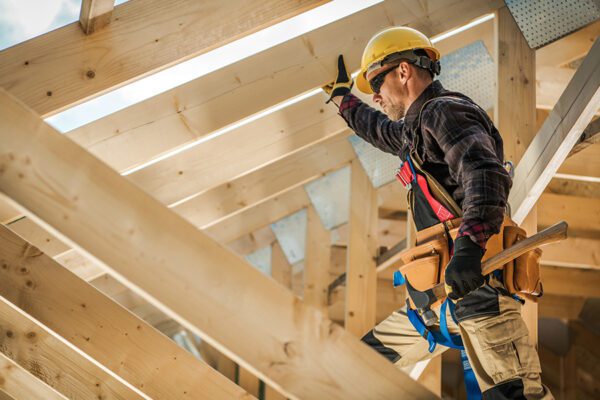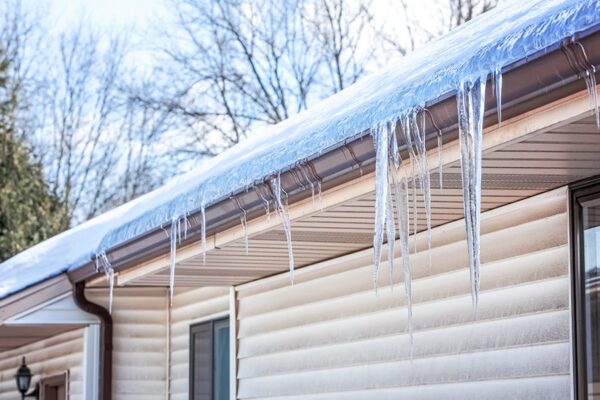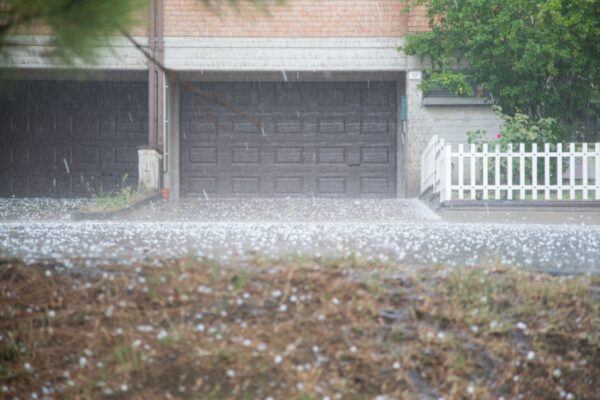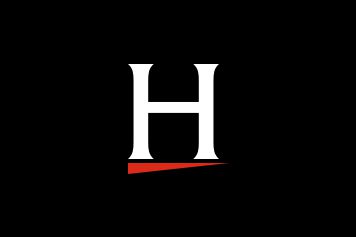Clients often ask me to explain why their rates go up year after year, even though they were not the ones experiencing any losses. I even wrote an article addressing this topic in Pallet Central, the publication of the National Wooden Pallet & Container Association.
Since last year, the property insurance market has continued to spiral out of control, requiring insureds to make tough choices and become very creative regarding insuring their businesses. Below, I will explain what’s next and if we can expect this to change.
Who Does This Impact?
While the hardening of the insurance property market did primarily start with the wood products industry, it has spread to plastics, recyclers and food manufacturing. These companies have the same issues, which explains some of our food cost increases.
What Has Changed?
Many carriers write insurance close to or slightly above a break-even point. They are a for-profit business, but many lose money (pay more out in claims than they collect in premiums), which is called an underwriting loss. They can do this as they make up for it in the market. When the market suffers like it has in the last year, they look for alternative ways to make up for the dip in the market. This can be done by raising rates, values corrections (which is what we are seeing now), expanding into other businesses (writing more business or a different niche), restricting coverage (lowering capacity) and others. With the heavy losses this year from Hurricane Ian, wildfires and the continued losses in the forest products industry, we expect the pricing standpoint for reinsurance to either stay the same or increase.
What Can I Expect?
The rates will continue to increase at double-digit levels (9-10%) for properties. Capacity will continue to be reduced. Many in the high-value primary segment (sawmills, pallet and Veneer mills) will have to build their insurance programs starting at $5M instead of $10M. The first layer (the $5M) may be split between two carriers, and the layers over the first $5M will continue to cost more.
Secondary operations (those not in the primary classes) will see the same increase but have more options and likely won’t have to deal with capacity issues. Deductible changes do not yield the savings many would expect, as the losses are generally not below 100,000 in our industry. It never hurts to ask what the savings would be to increase your deductible. If you can go with a carrier that can provide full limits, that is preferable, as layered programs can have some drawbacks in claim time. With every prognosticator expecting catastrophic storms like Hurricane Ian to be the norm in the future, we don’t expect the coastal pricing to come down or the deductible tiers to change much in the upcoming years.
How Can They Force Me to Raise My Values?
While you may feel you can replace your buildings at the time of the loss, the carriers can increase your values if they feel they are grossly understated. You always have the option to go to another carrier, but I’ve seen that it is often a widespread issue being pushed down from the reinsurance carriers.
One thing that Hurricane Ian has taught the reinsurers is that most insureds were 40% underinsured. This poses an issue: the carriers have models that tell them that if they charge a certain rate for the exposure, they can make money – or at least break even.
At the time of the loss, customers do not have sufficient dollars available to rebuild their structures and contents, which leaves a bad taste in their mouths about insurance. The cost of labor and materials has increased sharply in the last two years, and your contents’ values have most likely gone up 40% to replace those items in the last year. I encourage you to reassess your equipment and ensure these numbers accurately reflect replacement costs. Remember, this is cost new.
Lastly, the time to obtain new equipment and build a building is likely over a year, so I recommend ensuring your business interruption limit reflects this timeline.
What is it Going to Take to Change?
In years past, when market conditions get to a point where new carriers can step in and begin to write difficult occupancies (like wood products) as the rates and terms get to a point where they can compete and feel they can control their losses, that’s when it starts to correct itself. The competition drives down the rates and improves the terms.
We have seen this over the years with Philadelphia, Amtrust, Amrisc, Berkshire, auto owners, etc. Eventually, they begin to feel the losses that outweigh the premium for this niche and influence them to take their capacity elsewhere. I don’t foresee any new carrier entering the heavy woodworking niche anytime soon as, for the most part, the reinsurers are the same, and they have all been burned (no pun intended) by this niche.
The market will be susceptible to change and willing to take on more risk at a lower rate when we can control our losses. I still see facilities with poor housekeeping, hot works practices, smoking policies and electrical maintenance programs. While the market has caused discomfort financially, it has not been so painful that businesses are willing to change how they do things (this is not true for all). Developing a standard for heavy woodworkers is a step in the right direction much like FSC and SFI have a certification standard for species, we need to develop a standard for the top 10% of mills, kilns, veneer and pallet manufacturing companies that are recognized by the reinsurance market and carriers. This is how it changes long term.
What is Your Advice?
Since we are a commodity and can’t increase the price of lumber like the food industry, we must start budgeting for increases and think of creative ways to insure your property.
After 24 years of insuring wood products, this is the first time I have seen it as difficult as it is right now for our industry. We used to have several carriers tied to wood products, and only one from that era is still viable. This is not due to them making money or mismanagement but to the quantity and severity of losses in our niche that drive them away.
There are two ways to have a great lawn that produces green, healthy grass with no weeds. Pull the weeds or plant more grass. I am a big believer in planting more grass. Focus on what you do well and leave (for the most part) the management of your insurance program to your agent in Partnership with you.
You can spend excessive time shopping for carriers and moving year after year, but I have seen more long-term damage from this. I recommend working with an agent who understands your business’s goals and risk threshold and a carrier who can help you find ways to improve your risk. I also recommend a commercial insurance appraisal. The Horton Group uses an industrial appraisal out of Pittsburgh, which has been a great partner. The insurance appraisal is more important now than ever, as carriers are mandating a dollar per square foot, which can be used to counter those increases. Appraisals are also great at the time of a loss for settling claims – this will be your next challenge.
While it may seem like doom and gloom is ahead, this is a great time to create a competitive advantage by being more insurable. We have developed creative ways to insure your property if you are in the primary class or a hybrid. Learn more and reach out for a consultation here.
Material posted on this website is for informational purposes only and does not constitute a legal opinion or medical advice. Contact your legal representative or medical professional for information specific to your legal or medical needs.




